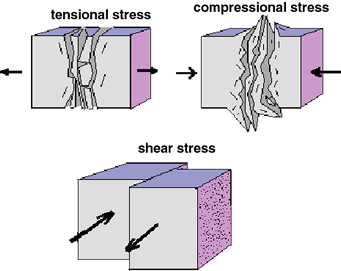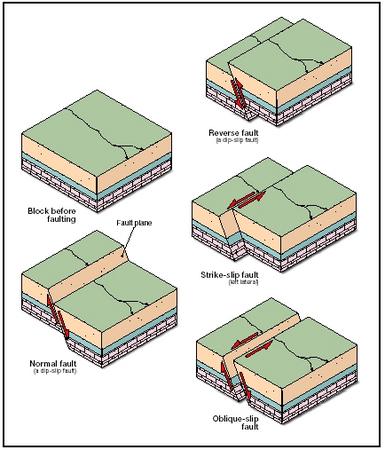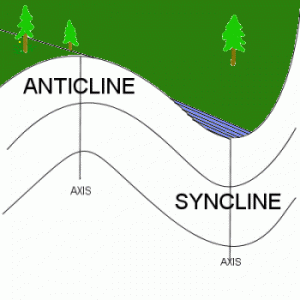Where Mountains Form?
- A mountain is a large mass of rock that rises a great distance above its base.
- Are formed due to tectonic activity – due to convergence of plate boundaries
- Most of the world’s mountains are formed in long belts due to the whole side of plates crashing into other plates
- A mountain belt is a region where mountains are forming or have formed in the past
Mountain Belts, Continental Margins
- A cordillera is a mountain belt that runs down the length of a plate
- A mountain belt is made up of smaller groups of mountains called mountain ranges example: the Cascade range is part of the North American Cordillera
- Some mountains lie on current plate boundaries – such as the Himalayas, while others lie on boundaries that existed millions of years ago – such as the Appalachians.
Continental Margins
- A Continental Margin is a boundary between continental crust and oceanic crust
- Active continental margins occur along plate boundaries, while passive continental margins occur at the boundary that marks a continent and the oceanic crust.
- Mountain building takes place along active continental margins only.
- Passive continental margins are areas where sediment accumulation takes place
How do Mountains Form?
- At convergent plate boundaries – the stress due to pushing of plates causes fracturing, folding and stretching
Types of stress:
- Compression: rock layers squeezed inward, tends to make rock layers thicker and shorter
- Tension: rock layers being stretched, tends to make rocks thinner and longer
- Shear stress: rock layers being pushed in two different, opposite directions. Tends to distort the shape of the rocks
- This is an upward fold of strata; found in the Alps.

Folds
- During plate collisions, stress can cause rock layers along continental margins to crumple into folds.
- Folds are described as being anticline and syncline
- Anticline: is an upfold in the rock layers, a syncline is a downfold in the rock layer.
- The two sides of a fold are called limbs – limbs represent the intensity of the folding.
- Limbs may be gently dipping, steeply dipping, straight up or down or even overturned.
- The compass direction of the fold or of the rock layers exposed at the surface along the fold is called the strike
Faults
- Faults: a fault is a break in the lithosphere along which movement has occurred
- The part of the fault above the fault plane is called the hanging wall and the part below is called the footwall.
- A normal fault occurs when a hanging wall moves down with respect to the footwall.
- What would you call a single-limbed fold like this?
- A normal fault occurs in areas where tension is pulling the crust apart
- A reverse fault occurs when the hanging wall moves up with respect to the footwall. Reverse faults are caused by compression
- A thrust fault is a reverse fault in which the fault plane dips 45 degrees or less from the horizontal
- Thrust faults are common in many mountain belts.
- In a strike-slip fault, the rocks on opposite sides of the fault plane move horizontally past each other example – the San Andreas fault
- Extremely long strike-slip faults are found in the Himalayas.
- Joints: like faults are breaks in bedrock. Joints are breaks along which no apparent movement has occurred.
- Joints provide channels through which fluids enter and move through the bedrock.



